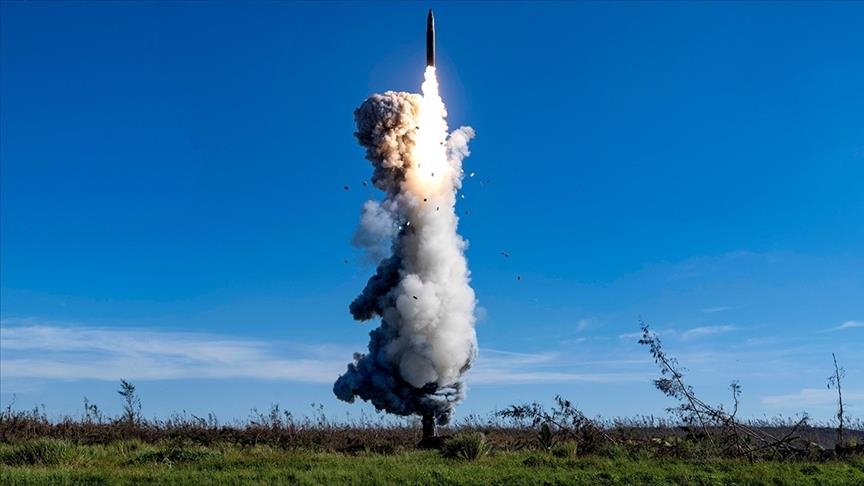BEIJING ( WNAM MONITORING): China conducted an intercontinental ballistic missile (ICBM) test this week, marking its first launch in 44 years. This development underscores China’s growing influence in the global power dynamic amid escalating tensions with the United States and sovereignty disputes involving regional countries like Japan and the Philippines.
On September 25, China’s Ministry of Defense announced the launch of an ICBM into the Pacific Ocean as part of a routine military training exercise. The test was conducted in accordance with international law and was not aimed at any specific country, according to the ministry.
Coinciding with the 79th UN General Assembly in New York, the test serves as a demonstration of China’s readiness to assert its deterrent capabilities amid increasing global competition with the US and regional power struggles.
While Beijing did not disclose specific details about the missile’s launch or landing, navigational warnings indicated it was fired from Hainan Island toward the South Pacific.
French officials confirmed that the missile fell within the waters of the exclusive economic zone of French Polynesia, with President Moetai Brotherson reporting it was detected near the Marquesas Islands.
China showcased its ability to strike US territory with the missile covering approximately 12,000 kilometers during the test launch.
– First test since 1980
China’s first known intercontinental ballistic missile was tested in 1980, marking the beginning of its “Dongfeng” (East Wind) ballistic missile program, which has been under development since the 1960s. After the US deployed guided missile submarines around Guam in 1965, China initiated the development of intercontinental missiles. The “Dongfeng-4” (DF-4), with a range of 7,000 kilometers, was China’s first ICBM.
The DF-4 was succeeded by the second-generation ICBM, the “DF-5,” which has a range of 9,000 kilometers. The DF-5 was tested in 1980 and fell between the Solomon Islands and Nauru in the South Pacific. Initially, both missile generations used liquid-fueled engines, which slowed launch speeds due to long fuel loading times. Consequently, China developed solid-fuel models, including the “DF-31” and “DF-41.” The DF-31 has a range of 7,200 to 13,200 kilometers, while the advanced DF-41 ranges from 12,000 to 15,000 kilometers. The missile launched on Sept. 25 is believed to be a version of the DF-31.
– Regional countries not notified
While China informed countries with overseas territories like the US and France about the missile’s trajectory prior to the test, it did not notify regional nations. US defense spokeswoman Sabrina Singh described the warning as “a step in the right direction,” while France confirmed it was aware the missile would fall near French Polynesia.
Regional countries, including Japan, Australia, and New Zealand, expressed concerns over the lack of notification. Japanese Chief Cabinet Secretary Yoshihide Suga stated that China had not informed them before the launch but confirmed that the missile did not pass over Japan and caused no harm. He emphasized serious concerns regarding China’s increasing military activities in the region. Australia voiced its worries about actions leading to instability and plans to consult with regional allies, while New Zealand called the launch an “unwelcome and concerning development,” highlighting worries about regional peace and stability.


